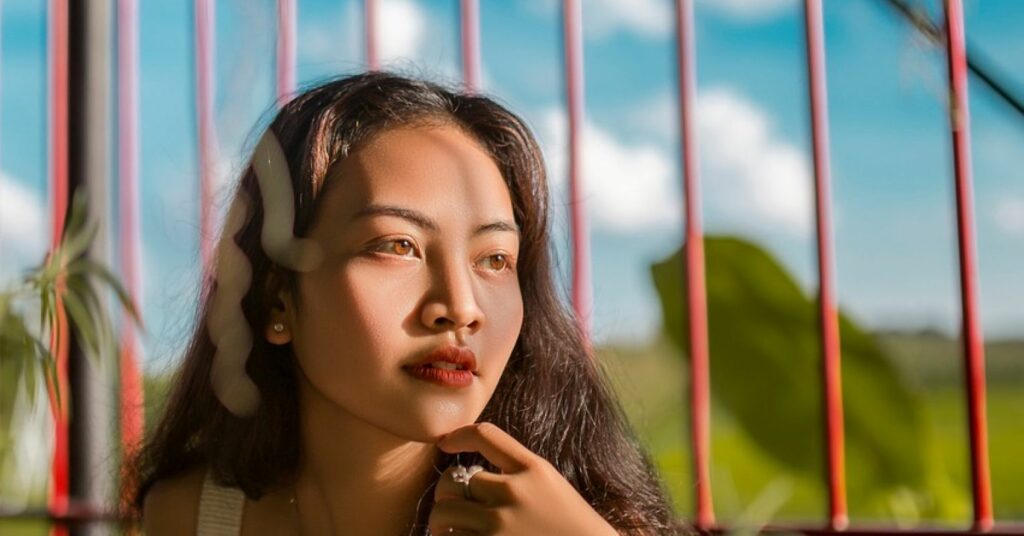Many of us who have investigated and prosecuted human trafficking cases understand the delicate interpersonal dynamics involved when working with survivors. When rescued victims are housed in residential care facilities, challenges arise when the need to enforce the rules conflicts with the desire for survivors to explore their newfound freedom.
Source: Y YOP ADRONG / Pixabay
The Human Side of Human Trafficking
For trafficked victims, being free from bondage is a new lease on life. But trauma-informed care includes accommodating the reality that lacking “normal” life experience complicates the best-laid plans for a smooth road to recovery. Research reveals some concerns from the victim’s perspective.
Karijn Aussems et al. (2020) explored issues of care and well-being from a trafficking victim perspective of girls in residential care facilities in a piece entitled “Call Us by Our Name.”1 Focusing on girls who were sexually exploited by “loverboys,” they sought to uncover the specific needs and desires of this underage population, including the desire for privacy and self-determination, as well as issues of trust.
Study participants consisted of 27 girls from three residential youth facilities offering services for commercially and sexually exploited (CSE) girls. Aussems et al. noted that in the past, victims were approached in school yards, cafes, or nightclubs by “groomers,” who currently approach underage victims on social media sites through the practice of “digital exploitation.” These exploitative relationships thrive within a pretense of intimacy or romance—hence the term “loverboys” for male groomers, defined by the Dutch government as “human traffickers who usually operate by trying to make young girls or boys fall in love with them.”
Celebrating Both Independence and Interdependence
Now rescued from an exploitive lifestyle, Aussems et al. found their young study participants expressed a need for privacy within an environment of high surveillance designed to protect them from exploitative relationships with men and boys. The girls viewed some of the rules and regulations designed for their protection as impacting the process of building relationships of trust and reciprocity with facility group leaders, as well as their ability to learn through their own mistakes without consequences. Aussems et al. also noted the girls desired to receive care that focused on their individual needs as opposed to defining their needs according to their status as victims. The girls wanted group leaders to be responsive to what could be seen as conflicting values by providing “both a protective and autonomous space for care delivery.”
Aussems et al. noted that some of the girls in their research acknowledged the adverse impact of their relationships with boys and men in their lives, but most did not see themselves as sexual exploitation victims and rejected professional assumptions that all the males in their lives were out to cause them harm. The researchers found similar results reported in Southern California, where CSE victims highlighted the importance of autonomy “street smarts” for survival while also downplaying the idea of victimhood. They opposed the view that they did not choose their paths and resisted being seen by health care providers as victims. Aussems et al. note this rejection of a victim label and preference for resilience could apply across populations, cultural contexts, and care settings.
Balancing Protection and Personal Growth
Aussems et al. note that the girls in their research viewed good care as including the freedom and space to make their own decisions within the boundaries of an inherently restrictive environment. They viewed trust as a component of support, assisting individual development even though they may continue to make mistakes. They considered penalties such as separation or revoking leave of absence to be ineffective, sometimes making them more eager to leave. And regarding oversight, the girls viewed continuous surveillance as invasive and demanded more privacy, both physical and social, while also wanting the professionals caring for them to really see them and listen to what they have to say. Aussems et al. note that striking this balance is challenging for professionals because victims might intentionally keep a low profile in an unstable environment or feign complacency to increase their chances of being released sooner rather than later.
Promoting a Personalized Approach to Survivor Care
Human trafficking victims are not homogenous and prefer to be viewed and treated as unique persons with personal challenges. Caring for survivors appears to involve a delicate balance of addressing individual experiences in a trauma-informed method uniquely tailored to encourage and empower each individual separately, to promote recovery, resilience, and healthy relationships.
Source link : https://www.psychologytoday.com/za/blog/why-bad-looks-good/202410/unique-methods-of-caring-for-human-trafficking-victims
Author :
Publish date : 2024-10-17 13:56:10
Copyright for syndicated content belongs to the linked Source.
